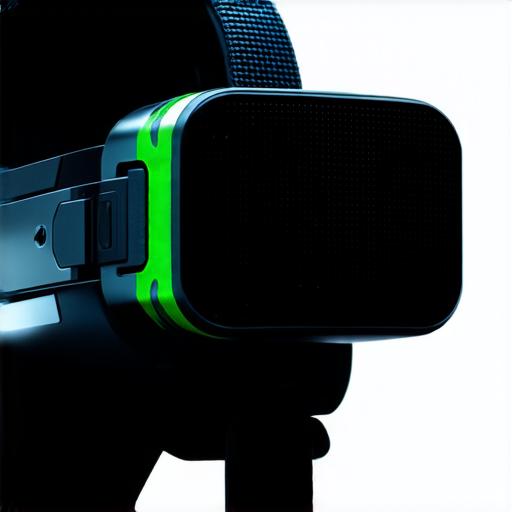Virtual reality (VR) technology has come a long way since its inception, offering users immersive experiences that simulate real-world environments or create entirely new ones. With so many options available, it can be difficult to determine which type of VR experience is right for you. In this article, we will explore the different kinds of virtual reality and their applications.
1. Fixed VR Systems
Fixed VR systems are designed for use in a single location and require a dedicated space to set up. These systems typically consist of a headset, sensors, and a tracking system that allows the user to move within a limited area while remaining within the virtual environment. Examples of fixed VR systems include the Oculus Rift and the HTC Vive.
Fixed VR systems are often used in applications such as gaming, training, and education. They offer high-quality graphics and motion tracking capabilities that allow for realistic experiences, making them ideal for users who require a high level of immersion.
- Portable VR Systems
Portable VR systems are designed to be used on the go and can be easily transported from one location to another. These systems typically consist of a headset, sensors, and a handheld controller or joystick that allows the user to interact with the virtual environment. Examples of portable VR systems include the Samsung Gear VR and the Google Daydream View.
Portable VR systems are often used in applications such as gaming, entertainment, and social experiences. They offer convenience and flexibility, allowing users to experience VR on-the-go without needing a dedicated space or equipment.
3. Augmented Reality (AR)
Augmented reality is a type of virtual reality that overlays digital information onto the real world, enhancing the user’s perception of their surroundings. AR experiences are often accessed through a smartphone or tablet app and require no specialized equipment. Examples of AR experiences include Pokémon Go and Snapchat filters.
AR technology has many applications, including gaming, education, and marketing. It offers a unique blend of real-world and virtual environments, making it ideal for users who want to experience VR without needing a dedicated space or equipment.

4. 360-Degree Video
360-degree video is a type of virtual reality that allows the user to view a video from every angle within a virtual environment. This technology is often used in applications such as real estate, travel, and sports broadcasting.
360-degree video offers users a unique perspective on events and experiences, allowing them to feel like they are truly immersed in the action. It requires no specialized equipment and can be accessed through a web browser or VR headset.
In conclusion, virtual reality technology comes in many forms, each with its own applications and advantages. Fixed VR systems offer high-quality graphics and motion tracking capabilities, while portable VR systems offer convenience and flexibility. Augmented reality blends real-world and virtual environments, while 360-degree video allows users to view events from every angle. Ultimately, the type of VR experience that is right for you will depend on your specific needs and preferences.
